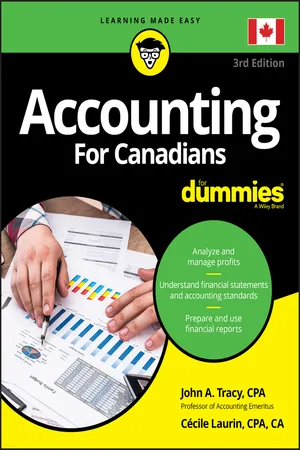Economics
Fixed Costs
Fixed costs are expenses that do not vary with the level of production or sales, such as rent, salaries, and insurance. These costs remain constant regardless of the company's output, making them essential for a business to operate. In economic analysis, understanding fixed costs is crucial for determining a company's break-even point and overall profitability.
Written by Perlego with AI-assistance
Related key terms
2 Key excerpts on "Fixed Costs"
- eBook - ePub
- Susan Miller(Author)
- 2011(Publication Date)
- SAGE Publications(Publisher)
externalities, or spill-overs. Accurate economic cost accounting needs to include opportunity costs and externalities, together with the directly attributable costs.Externalities (or spill-overs): the wider costs or benefits of a transaction between two or more parties that are not captured in the market price.Following the conventional production function-based cost analysis in Economics, we can separate the short period from the long period. In the short period one or more factors of production are fixed in supply because of decisions made in the past. In the long period the supply of all factors can be varied.Short period: the period in which the input of one or more factors of production is fixed.Long period: the period in which the input of all factors of production can be varied.Considering first the short run, the presence of fixed factors means that some parts of total costs are also fixed (Fixed Costs), while the remainder of the total costs will vary with output (variable costs). The concept of Fixed Costs includes sunk costs, which are the costs associated with assets which cannot be changed in use (an oil refinery, for example).Fixed Costs: costs of production associated with inputs of productive factors that remain fixed as output is varied, on account of the technical conditions of production.Variable costs: costs of production associated with inputs than can be varied, proportionately or otherwise, as output is varied.Sunk costs: Fixed Costs associated with specific assets that have no alternative use.Variable costs will normally increase with the rate of output, but as the production function analysis has shown, not necessarily in direct proportion. So variable costs – and hence total costs, since TC = FC + VC – will reflect the effects of increasing, constant and diminishing returns (Figure 6.4 - eBook - ePub
- John A. Tracy, Cecile Laurin(Authors)
- 2019(Publication Date)
- For Dummies(Publisher)
However, a decision alternative being considered might involve a change in Fixed Costs, such as moving out of the present building used by the business, downsizing the number of employees on fixed salaries, spending less on advertising (generally a fixed cost), and so on. Any cost, fixed or variable, that would be different for a particular course of action being analyzed is relevant for that alternative. Furthermore, keep in mind that Fixed Costs can provide a useful gauge of a business’s capacity — how much building space it has, how many machine-hours are available for use, how many hours of labour can be worked, and so on. Managers have to figure out the best way to utilize these capacities. For example, suppose your retail business pays an annual building rent of $200,000, which is a fixed cost (unless the rental contract with the landlord also has a rent escalation clause based on your sales revenue). The rent, which gives the business the legal right to occupy the building, provides 15,000 square feet of retail and storage space. You should figure out which sales mix of products will generate the highest total margin — equal to total sales revenue less total variable costs of making the sales, including the costs of the goods sold and all variable costs driven by sales revenue and sales volume. Actual, budgeted, and standard costs The actual costs a business incurs may differ (though we hope not too unfavourably) from its budgeted and standard costs: Actual costs: Actual costs are based on actual transactions and operations during the period just ended, or going back to earlier periods. Financial statement accounting is mainly (though not entirely) based on a business’s actual transactions and operations; the basic approach to determining annual profit is to record the financial effects of actual transactions and allocate the historical costs to the periods benefited by the costs
Learn about this page
Index pages curate the most relevant extracts from our library of academic textbooks. They’ve been created using an in-house natural language model (NLM), each adding context and meaning to key research topics.

